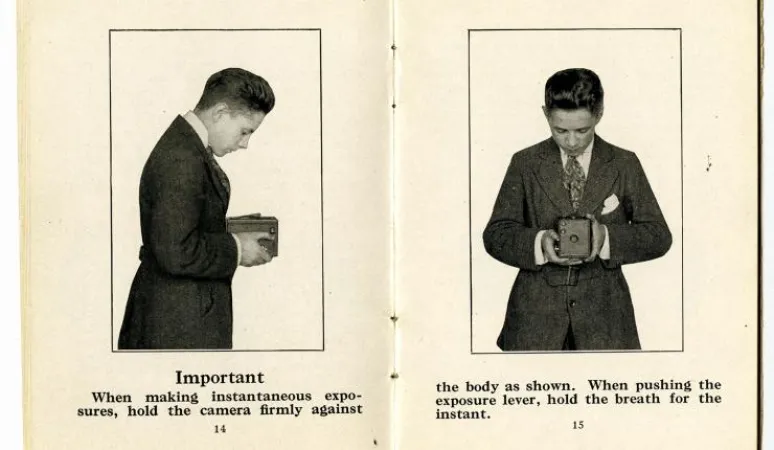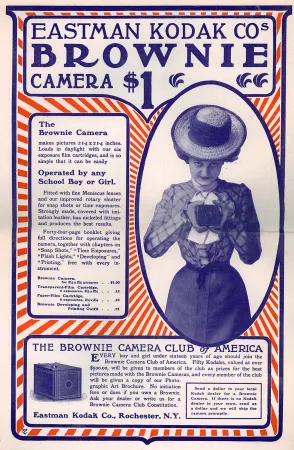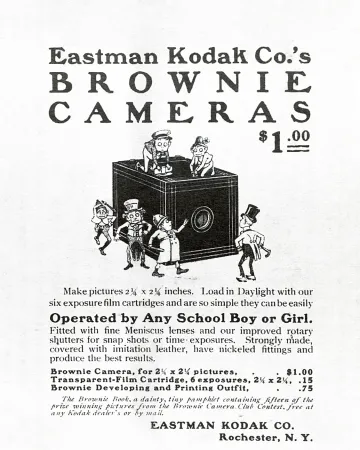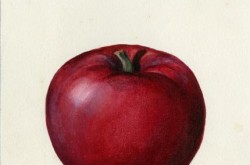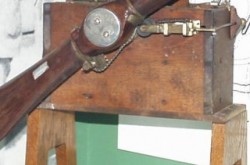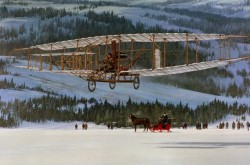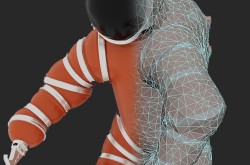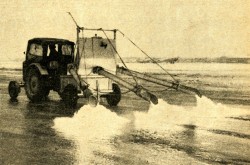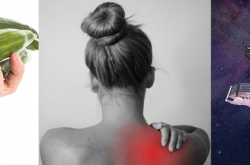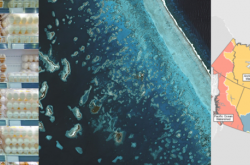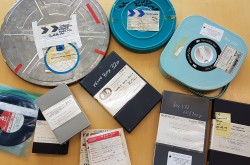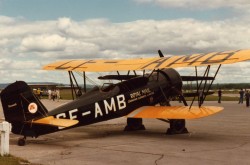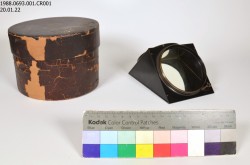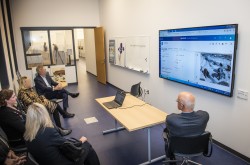The First Low-Priced, Mass Produced Camera
This article was originally written and submitted as part of a Canada 150 Project, the Innovation Storybook, to crowdsource stories of Canadian innovation with partners across Canada. The content has since been migrated to Ingenium’s Channel, a digital hub featuring curated content related to science, technology and innovation.
When the Eastman Kodak Company launched the Brownie camera in 1900, it used a group of fictional sprites called Brownies to increase the camera’s consumer appeal, especially among children. Canadian illustrator Palmer Cox (1840–1924) drew on Scottish folklore to create the Brownies, describing their adventures in more than a dozen books between 1887 and 1925. Cox, who was born in Granby, Quebec, increased his substantial income by licensing the Brownie characters for commercial use. Decades before Mickey Mouse, Brownies sold soap and biscuits, and appeared in toys and games. Through the early 1900s, Cox’s sprites decorated the Brownie camera’s packaging and appeared in print advertising.
Kodak, based in Rochester, New York, had first offered a portable camera in 1888, but it was expensive and had to be returned to Kodak for film processing. The Brownie cost one dollar and was easy to use. It was made from cardboard, featured a simple lens, and used Kodak’s patented flexible film. An alternative to bulky view cameras that produced glass-plate negatives, the Brownie opened photography to casual users, who for the first time could capture everyday life in quick “snapshots.”
Frank Brownell, born in Ontario, designed the Brownie camera. This Brownie is a No. 1 model, which was first produced in 1901. Its only difference from the original Brownie is the hinged back that allowed easier access to the film roll.



